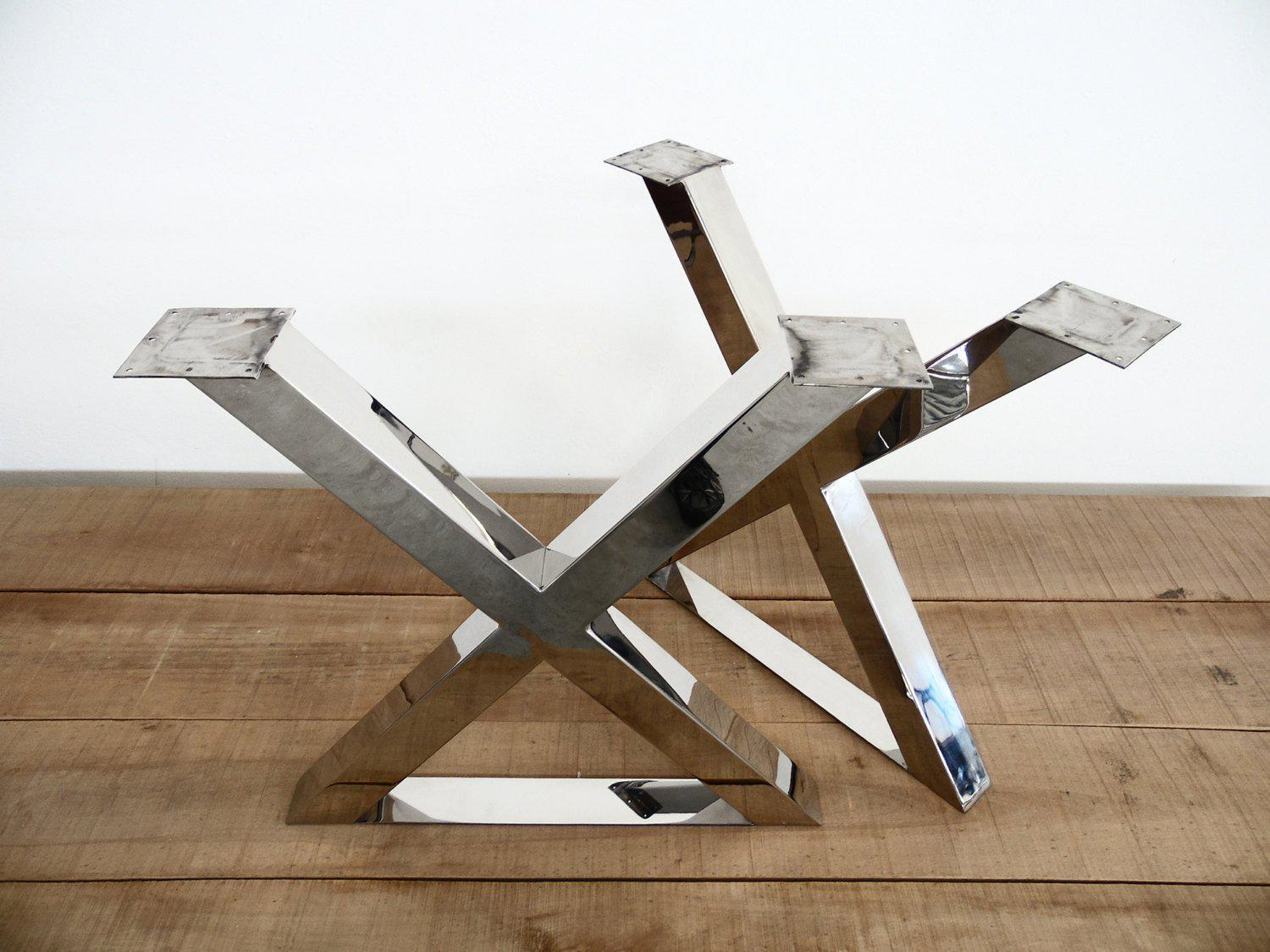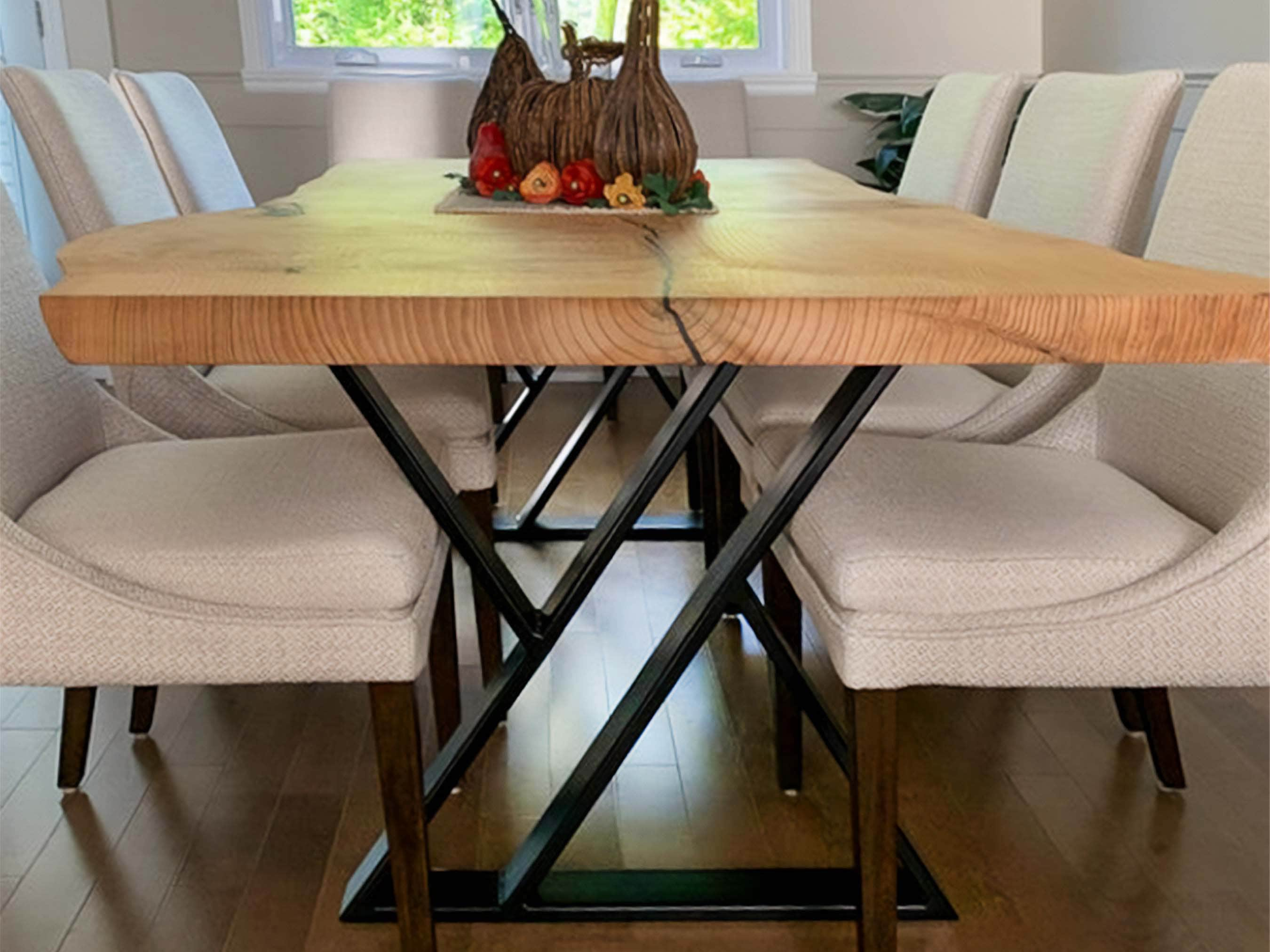Dining Room Table Legs That Integrate Functionality and Modern Layout
Dining Room Table Legs That Integrate Functionality and Modern Layout
Blog Article
Picking the Perfect Dining Table: What Styles Job Best for Your Home?
Choosing the excellent dining table for your home can be a nuanced process that balances looks and capability. To browse these choices successfully and discover a table that absolutely complements your home, think about the following elements in detail.
Evaluating Your Space
Reviewing the measurements and design of your eating location is a vital very first step in selecting the best eating table. Begin by gauging the length and width of the area, accounting for entrances, windows, and various other building attributes that could influence table positioning. This ensures that your table not only fits but likewise enables comfortable movement around it.
Consider the number of people you usually amuse. A table should accommodate your house's day-to-day requirements while offering sufficient versatility for periodic guests. Generally of thumb, allocate at least 24 inches of table width per person to guarantee a comfy eating experience.
It's likewise important to preserve suitable clearance around the table. Ideally, there must go to the very least 36 inches in between the table edge and wall surfaces or various other furnishings, enabling easy access and activity. For rooms where chairs with arms or additional storage units like buffets are involved, boosting this clearance to 48 inches is a good idea.
Illumination and atmosphere play substantial functions as well. Ensure that your dining table straightens with existing lights fixtures or strategy for ample lighting options. This detailed spatial assessment assurances that your dining table not only fits physically however additionally harmonizes with your space's overall performance and aesthetic.
Popular Table Styles

Standard table commonly include ornate details, curved legs, and abundant wood finishes, stimulating a feeling of ageless sophistication. They are best for homes with timeless design or those seeking to add a touch of elegance to their dining area.
Modern eating tables prioritize simpleness and clean lines, usually incorporating products like glass and metal. These tables are ideal for contemporary areas, giving a streamlined and minimalist appearance that matches minimalist style viewpoints.
Rustic eating tables, on the other hand, stress all-natural materials and a handcrafted appearance - dining room table legs. They frequently feature redeemed wood and a distressed surface, producing a cozy and welcoming environment. These tables function well in farmhouse-style homes or those looking for a relaxing, natural feeling
Industrial dining tables incorporate basic materials such as steel and wood, frequently showcasing a practical aesthetic. This style is appropriate for lofts or city rooms, adding a touch of rugged charm and toughness to the eating experience.
Each style provides distinct benefits, making it important to select one that straightens with your home's overall style and your individual choices.
Product Options
When picking an eating table, my link the option of material plays a critical role in figuring out both the table's visual appeals and performance. Timber, steel, glass, and composite products each offer unique advantages and difficulties, making it imperative to straighten the material with your home's design and way of life demands.
Wood is a classic and functional option, readily available in varieties such as oak, walnut, and mahogany. Recognized for its longevity and heat, wood complements both typical and contemporary interiors. Nonetheless, it calls for regular maintenance to avoid scratches and warping.
Metal tables, frequently crafted from stainless-steel, aluminum, or functioned iron, are commended for their modern appeal and effectiveness. They are specifically suited for industrial or minimal settings however can be prone to damages and see here may really feel cold to the touch.
Glass table bring an air of style and visibility, ideal for smaller areas as they create an impression of more space. While simple to clean, glass can be prone to smudges and requires mindful handling to prevent chips and splits.
Composite products, such as MDF and plywood, offer cost-effective and personalized options, though they may do not have the durability of all-natural materials. Choosing the ideal product ensures your table is both a practical property and an aesthetic pleasure.
Sizes And Shape Factors To Consider
After establishing the proper product for your eating table, the following factor to consider is picking the appropriate form and dimension to suit your room. The shape of the table dramatically affects the space's visual and performance. Rectangular tables, one of the most typical form, are ideal for bigger rooms and can fit a higher number of visitors. They also permit an extra formal dining experience. On the other hand, round tables promote a feeling of intimacy and are excellent for smaller dining areas, encouraging discussion by removing corners and making every person really feel equally consisted of.
Dimension is equally crucial and should be determined by both the room's dimensions and the number of individuals you prepare to seat routinely. Generally of thumb, allocate at the very least 24 inches of table size per person to ensure comfy dining. In addition, consider the table's clearance space: there should be at the very least 36 inches between the table edge and the walls or other furnishings. This ensures that diners can move around conveniently without feeling cramped. Prolonging tables use adaptability if you regularly host larger gatherings, supplying additional seats when needed without occupying extra room daily. Picking the best sizes and shape makes sure both practicality and visual harmony in your dining location.
Matching Your Style
Selecting a dining table that harmonizes with your existing style is pivotal in developing a cohesive and inviting area. A sleek, minimalist table with clean lines is suitable for a modern home, while a vintage, elaborate table matches an extra conventional setup.
Color and product are similarly considerable. If your design includes cozy tones and natural materials, consider a wooden table to enhance the natural feel. On the other hand, a glass or steel table may be better suited in an area dominated by awesome colors and commercial elements. Focus on the finish, as it ought to mirror various other furnishings and fixtures to preserve have a peek at this site consistency.
Texture plays an essential duty as well. A rough-hewn, redeemed wood table can include personality to a rustic space, while a sleek marble surface area can boost a luxurious dining area. Ultimately, take into consideration the range and percentage of the table in relationship to the area size and existing furniture. A well-matched dining table not only boosts aesthetic charm however also improves the total eating experience.

Conclusion
Choosing the suitable eating table necessitates mindful consideration of area, design, products, form, and dimension. Conventional tables enhance classic interiors with abundant timber surfaces, while modern tables suit contemporary settings with glass and steel.
Report this page